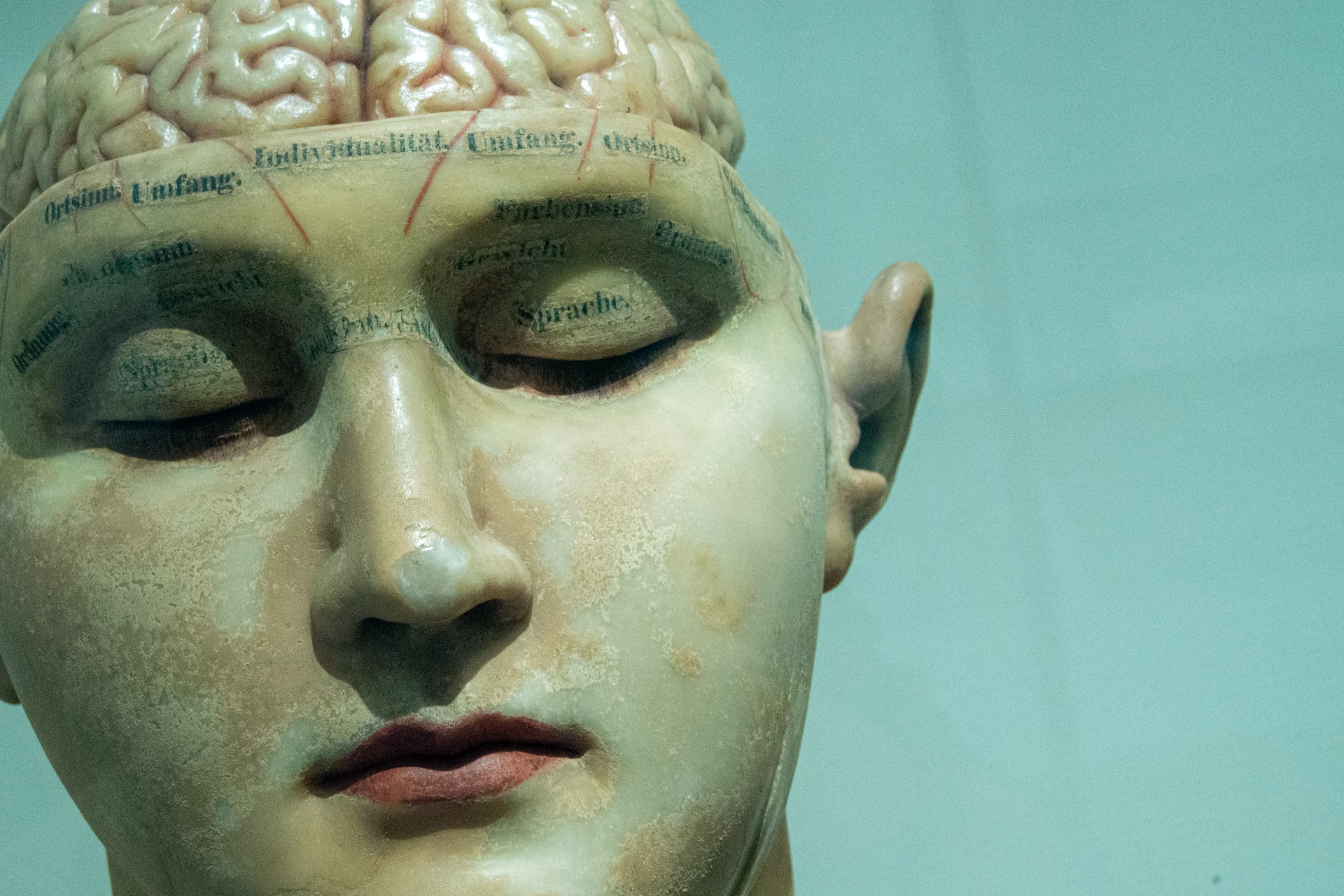Advances in digital biomarkers for early detection
Advances in Digital Biomarkers for Early Detection
In recent years, significant progress has been made in the field of digital biomarkers, particularly for the early detection of diseases like Alzheimer’s. These advancements are transforming how we identify and manage health conditions, making it possible to detect them before symptoms appear.
### Blood-Based Biomarkers
One of the most promising areas is the development of blood-based biomarkers. These tests can identify specific proteins associated with Alzheimer’s disease, such as amyloid and tau, which accumulate in the body long before symptoms become apparent. Blood tests are less invasive and more cost-effective than traditional diagnostic methods like brain scans or spinal taps. They can be easily administered in primary care settings, making early detection more accessible to a wider population[1][4].
### Ocular Biomarkers
Another innovative approach involves ocular biomarkers. The retina, which shares similarities with the brain’s cellular structure, can display signs of neurodegenerative disorders like Alzheimer’s. Ocular tests, such as retinal scans, offer a non-invasive method to identify individuals at risk during routine eye exams. This could be particularly beneficial for people who might not otherwise undergo neurological assessments[3][5].
### Digital Tools and AI
Digital tools, including artificial intelligence (AI) and machine learning, are also playing a crucial role in early detection. AI can analyze speech patterns and other data to predict the risk of developing Alzheimer’s. These digital biomarkers can be combined with other easily assessed metrics, such as grip strength or gait speed, to provide a comprehensive and efficient screening method[1].
### Challenges and Future Directions
Despite these advancements, there are challenges to overcome. The integration of these biomarkers into clinical practice requires education, data generation, and policy support. Additionally, ensuring that these tests meet rigorous standards for sensitivity and specificity is essential for their widespread adoption[1][5].
In conclusion, digital biomarkers are revolutionizing the early detection of diseases like Alzheimer’s. By leveraging blood tests, ocular biomarkers, and digital tools, we can improve diagnosis and treatment outcomes. As research continues to advance, these technologies hold great promise for enhancing healthcare delivery and patient care.





